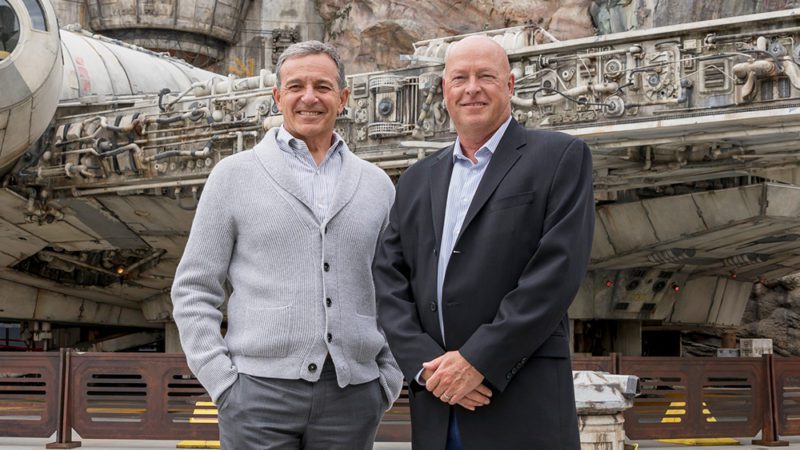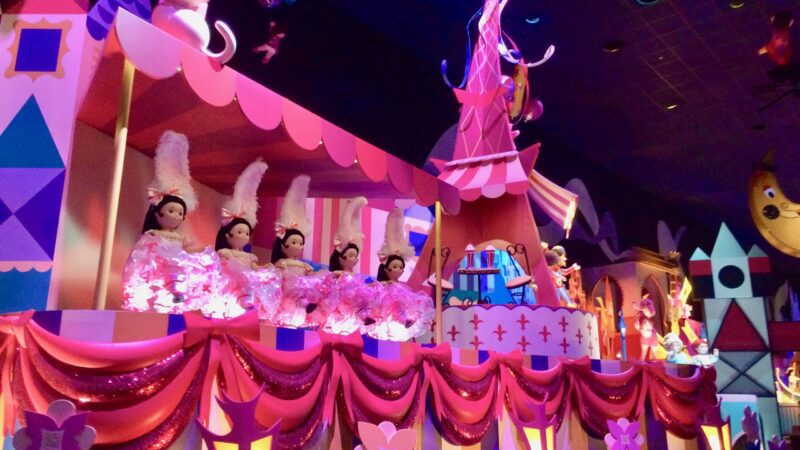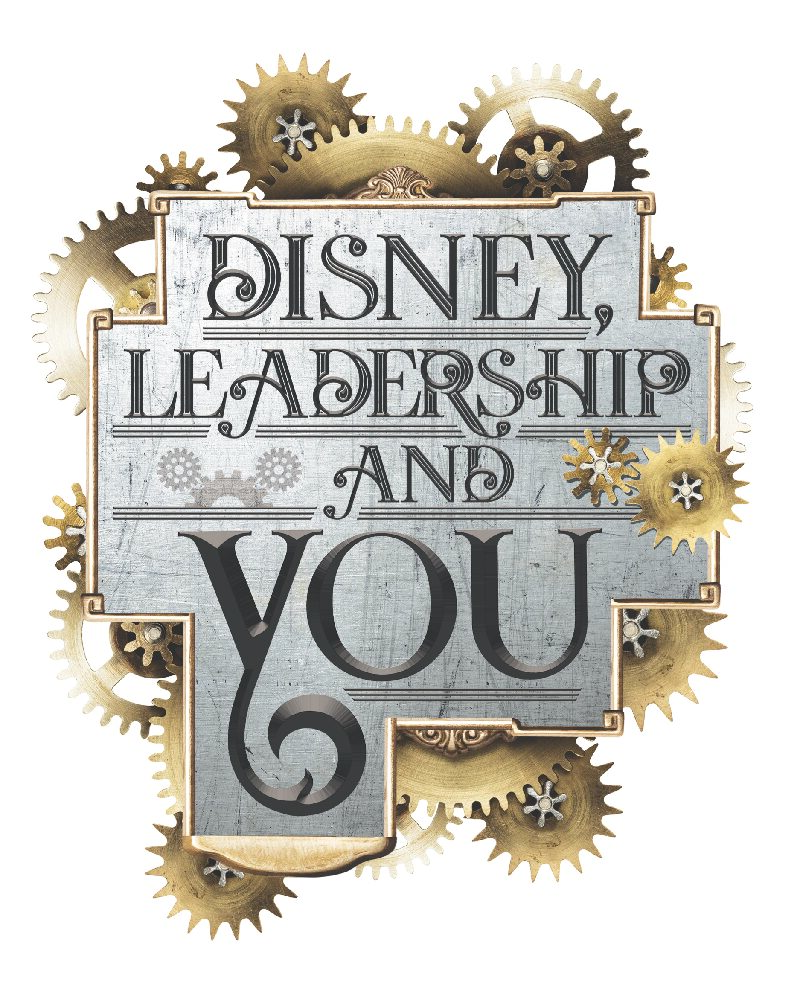Tale of Two Movie Bosses: Louis B. Mayer & Walt Disney

For many years, Disney’s Hollywood Studios was titled Disney-MGM Studios. In the late 80s, Michael Eisner thought that the Disney name would not be enough to carry the interest of tourists who would visit a real, working studio. He wanted to link it up with a bigger name. In the 1930s and 1940s, the time period for Hollywood Boulevard at the Studios, there were seven major motion picture studios. The biggest of them was the infamous MGM (Metro Goldwyn Mayer) Studios headed by Louis B. Mayer. From the end of the silent film era through World War II, MGM was known as having “more stars than there are in heaven,” a reference to the large number of famous movie stars under contract to the company. Disney gained the rights to use the MGM name for a bargain as they were preparing the new park in the 80s.
Opposite of a big name like MGM back in the 30s and 40s was “the little studio that could,” Walt Disney Productions. It ranked as number seven, even after Walt Disney passed away. A study of their approaches as studio heads offers important insights as to what makes a successful positional leader.
Walt Disney
Walt Disney came to California with a cardboard suitcase and only a few dollars in his pocket. He struggled for years and experienced bankruptcy before seeing eventual success with Mickey Mouse. Some years later, a child once asked Walt Disney, “Do you draw Mickey Mouse?” His confession was that he had long left that task to his illustrators. The child then asked, “Well, what do you do?”
Walt told this youngster that he was like a little bee, going from flower to flower providing pollen so that things could grow. Walt’s philosophy was around developing and nurturing others. He had an unerring eye for talent, and he rewarded good talent abundantly. He was willing to spend time and money on training and teaching, long before that was fashionable. He hired women — and promoted them — in a time when that was the exception, not the rule. He really cared about his employees, and there are repeated instances in which his generosity and support were extraordinary. When one valued staffer needed to get over a lengthy illness, he sent him on a vacation to Europe. Another time, animator Ollie Johnston was ill for a period of time, and Walt took pains to reassure him that his job was safe and he should take all the time he needed to recover.
That’s not to say he was an easygoing boss. When asked “What was Walt like to work with?” the following answer came from his daughter Diane:
“Walt was unquestionably one of the most demanding bosses an employee could ever have. He didn’t hesitate to cut down an employee with a harsh word, or even a public tirade. He was uncompromising in his desire for quality, and he held his staff to the same high standards as he did himself. What’s more, he never thought money was the reason to do good work, and he had difficulty understanding others whose main motivation was cash.
“And though more than one staffer left the Disney Studio unhappily, many others stayed with Walt for years–some for up to 5 or 6 decades. Thirty years after his death, a number of former employees still welled up with tears when they talked about his passing. This is hardly the mark of a ‘mean’ boss.”
Louis B. Mayer
In contrast, Louis B. Mayer, Studio head at MGM Studios, said, “My philosophy is quite simple. I hire the best people. Then I give them plenty of freedom to do their best. And if I don’t like their best work, I fire them.”
This philosophy is known as “Bring me a rock”. It’s a frequently played-out tactic among demanding managers. If your rock is presentable, great. But if it isn’t, you’re expected to bring a new “rock” in a short time frame. Little, if any, criteria or understanding is provided. You’re simply expected to bring the right rock. And if you don’t deliver, you’re often terminated. “Give me more musicals.” “Put Bogart under contract.” MGM Studios survived because it kept bringing more “rocks” to the theater.
That philosophy did pay off in many ways. Some of the most beloved movies were created through this studio system, to include The Wizard of Oz, Singin’ in the Rain, and Gone with the Wind. Mayer at one time was the richest man in the world, and many like Robert Taylor and Greer Garson viewed him like a father figure. Still others, like Elizabeth Taylor, described him as a Monster to deal with. Samuel Goldwyn stated: “The only reason so many people attended his funeral was they wanted to make sure he was dead.”
Legacy as Leaders
In short, one treated his employees as commodities. One treated his employees as vital assets to be nurtured and developed.
Both Walt Disney and Louis B. Mayer were unquestionably some of the most demanding bosses an employee could ever have. They held high expectations of their employees and were very directive in their approach. And both created unforgettable cinematic experiences. But only one left a legacy with his employees. In the end, that made all the difference in the world. Today MGM has been bought, sold, and put into bankruptcy several times over. It has been largely dismantled to a point that it can not even be ranked as being in last place.
Meanwhile, the Walt Disney Company has risen to be the number one studio in the world. Walt’s vision, his approach with his employees, and his leadership has taken the organization to new heights. Indeed, it has lived on even to today. It’s ironic that the studios today are named not after MGM, but simply after Disney and Hollywood itself.






